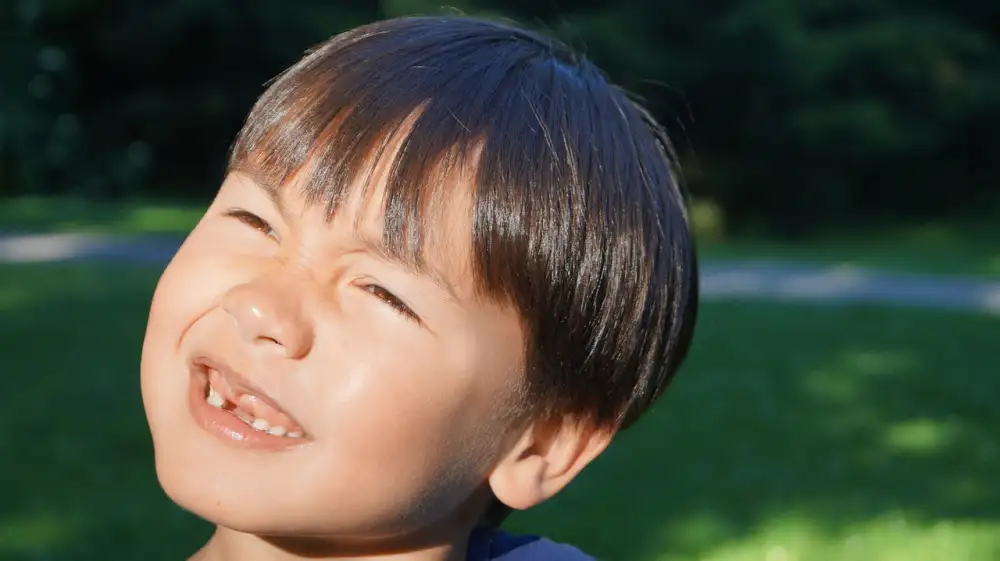Understanding the Importance of Toothless Smiles in Child Development for Optimal Dental Health

Toothless smiles are a common sight in young children, marking an important stage in their development. The process of losing baby teeth, also known as primary teeth, and growing permanent teeth is a natural part of childhood. It typically begins around age six and continues into the early teenage years. During this time, children may experience gaps in their smile as they transition from baby teeth to adult teeth. These toothless grins not only symbolize growth but also play a crucial role in oral health and overall well-being. Understanding the significance of toothless smiles is essential for promoting optimal dental health in children.
Causes of Tooth Loss in Children and Adults
Causes of Tooth Loss in Children and Adults can vary, but common factors include poor oral hygiene leading to decay and gum disease. In children, tooth loss can be due to accidents or injuries while playing. Adults may experience tooth loss due to aging, periodontal disease, or systemic health conditions like diabetes. Other causes include smoking, poor nutrition, and genetic predisposition to dental issues. Regular dental check-ups and proper oral care are essential in preventing tooth loss in both children and adults.
Importance of Dental Health for Maintaining a Healthy Smile
Maintaining dental health is crucial for a healthy smile, especially in children with toothless grins. Poor oral hygiene can lead to cavities, gum disease, and eventual tooth loss. According to the American Dental Association, good dental habits like brushing twice a day and regular dental check-ups can prevent these issues. Healthy teeth not only contribute to a beautiful smile but also support overall well-being by aiding in proper chewing and digestion. Prioritizing dental health from a young age sets the foundation for a lifetime of healthy smiles.
Impact of Tooth Loss on Speech Development
Tooth loss in children can significantly impact their speech development. Teeth play a crucial role in forming sounds and pronouncing words correctly. When a child loses teeth prematurely, it can lead to difficulties in articulating certain sounds such as "s," "th," and "z." This can affect their ability to communicate effectively and may even cause frustration or embarrassment. Seeking early intervention from a speech therapist is essential to address any speech issues resulting from tooth loss and ensure proper development of language skills.
Tips for Caring for Toothless Smiles
1. Maintain good oral hygiene: Even without teeth, it's important to keep the gums and mouth clean. Use a soft toothbrush or damp cloth to gently clean the gums after meals.
2. Encourage healthy eating habits: Offer nutritious foods that are easy to eat without teeth, such as soft fruits, vegetables, and yogurt. Avoid sugary snacks that can harm the gums.
3. Stay hydrated: Drinking plenty of water helps keep the mouth moist and aids in digestion, especially when chewing may be more challenging without teeth.
4. Regular dental check-ups: Even without teeth, it's essential to visit the dentist regularly for oral health assessments and professional cleanings to prevent gum disease and other issues.
5. Consider dentures or dental implants: Depending on the age and needs of the individual, dentures or dental implants may be recommended to restore function and aesthetics to the smile.
By following these tips, caregivers can ensure that toothless smiles are well cared for and contribute to overall health and well-being in children and adults alike.
Dental Solutions for Restoring Missing Teeth
Dental solutions for restoring missing teeth vary depending on the age of the individual and the extent of tooth loss. In children, options may include space maintainers to prevent shifting of teeth and promote proper alignment as permanent teeth come in. For adults, common solutions include dental implants, bridges, and dentures. Dental implants are considered a long-lasting and effective option for replacing missing teeth as they mimic the natural tooth structure. Bridges are used to fill gaps between teeth by anchoring artificial teeth to neighboring natural teeth. Dentures are removable appliances that can replace multiple missing teeth. It is essential to consult with a dentist to determine the most suitable dental solution based on individual needs and oral health status.
In conclusion, while tooth loss in children and adults can have various causes and impacts on dental health and speech development, it is essential to embrace and care for toothless smiles. Supporting proper dental hygiene practices, regular dental check-ups, and healthy eating habits can help maintain optimal oral health. Remember that a toothless smile is a natural part of child development, so cherish these precious moments and seek appropriate dental solutions when necessary to ensure a bright and healthy smile for the future.
Published: 12. 04. 2024
Category: Health



